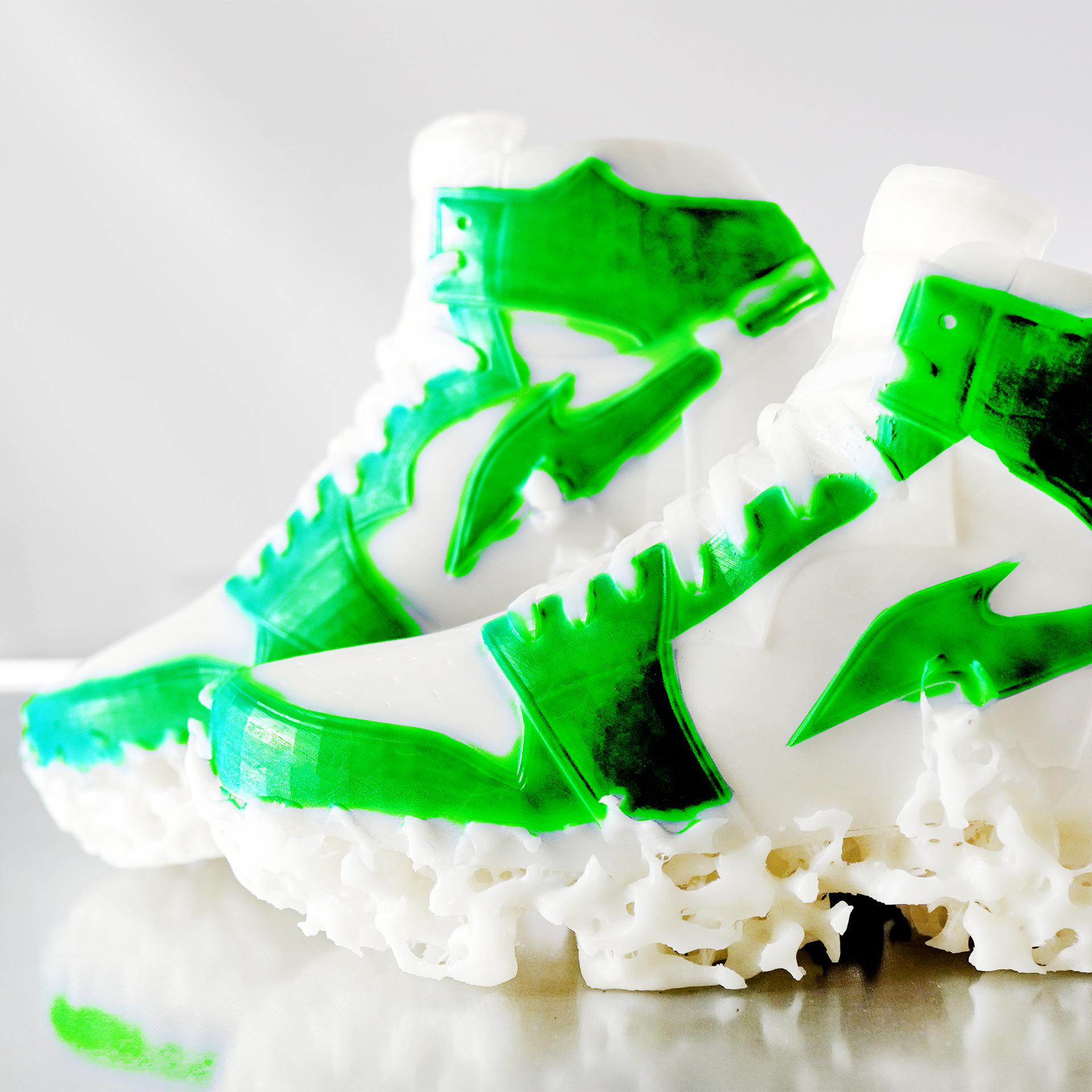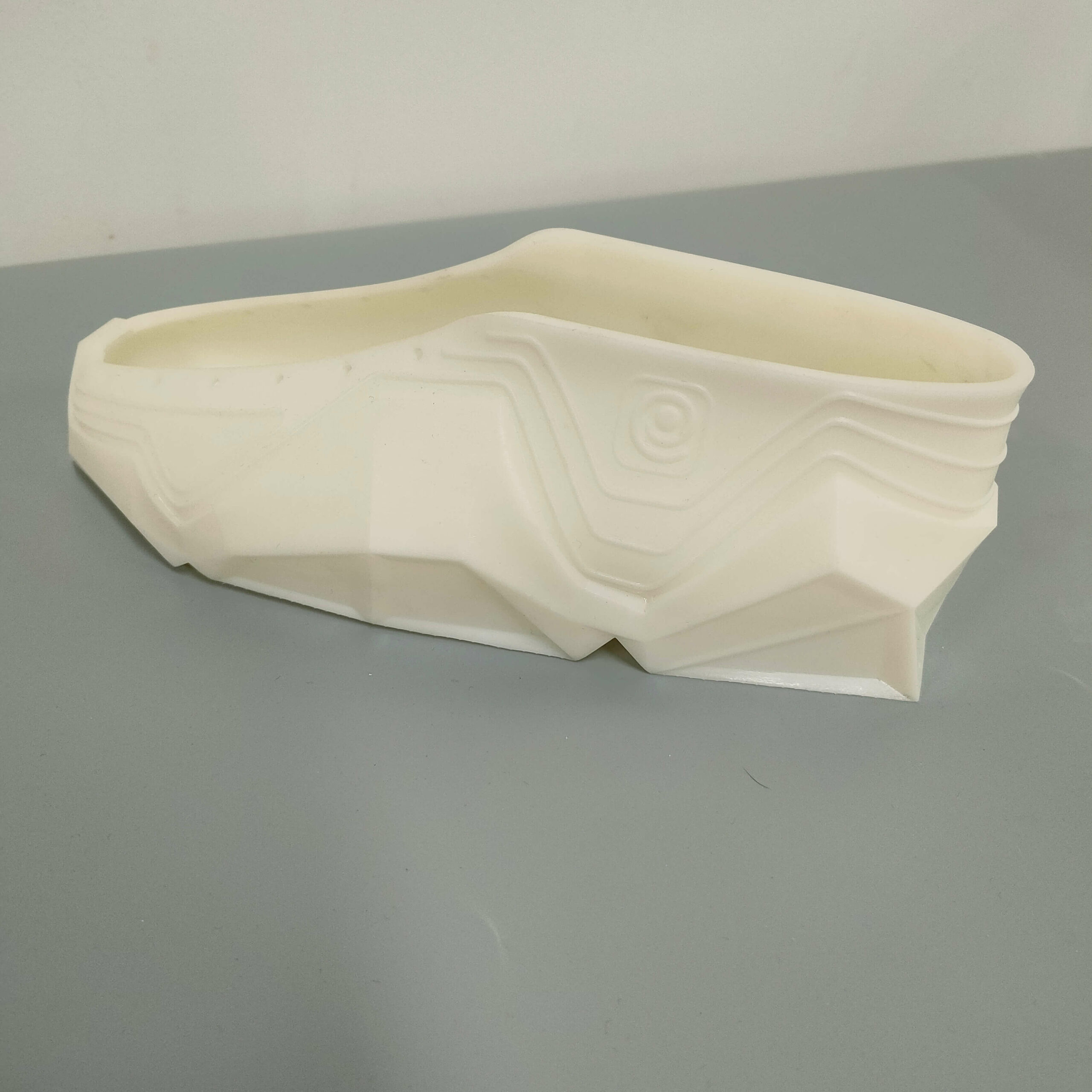3D Finishing
3D printing technology allows for precise and detailed prints, but the surface texture of 3D printed objects can be rough and bumpy.
Smoothing 3D prints can be achieved by using different techniques and tools, such as sanding, filing, or using chemical smoothing agents like acetone or epoxy.
Polishing 3D prints can also result in a smoother finish, using a polishing compound or even a 3D printing pen with a polishing nozzle.
- A smooth finish in 3D printing is desirable for many reasons, including improved aesthetics, better performance of moving parts, and easier post-processing steps like painting or coating.


3D print finishing is a crucial step in the 3D printing process and can make a big difference in the final quality of the printed object.
Different materials used for 3D printing, such as plastics or metals, require different finishing techniques and tools to achieve the desired smoothness.
Post-processing 3D prints can take time and effort, but it can significantly improve the quality and appearance of the final part.

